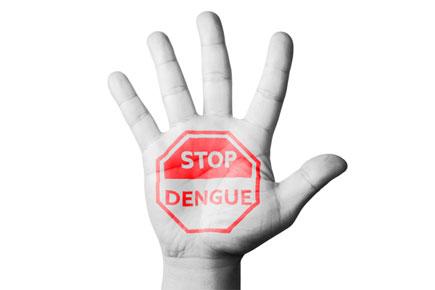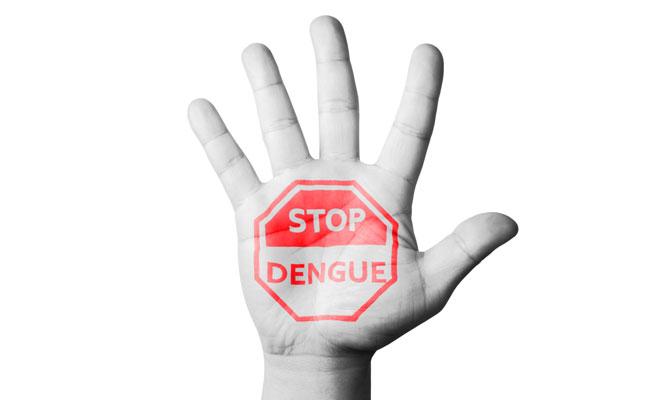Drugs already developed to treat bacterial infection can be re-purposed to cure the mosquito-borne viral disease dengue, Australian researchers have found

Dengue fever
Melbourne: Drugs already developed to treat bacterial infection can be re-purposed to cure the mosquito-borne viral disease dengue, Australian researchers have found.
ADVERTISEMENT
The scientists from University of Queensland identified similarities in how the body reacted to dengue virus and bacterial infections.

Representational picture
As drugs for bacterial infections are already available, the researchers believe that clinical trials for a dengue fever treatment could start within a year.
"We have discovered that the dengue virus NS1 protein acts as a toxin in the body, in a similar manner to the way bacterial cell wall products lead to septic shock in bacterial infections," said Paul Young, professor at University of Queensland.
"For the past 20 to 30 years, researchers and pharmaceutical companies have been developing drug candidates to inhibit the body's damaging responses to these bacterial infections. So drugs are already available that have gone through phase three clinical trials,” Young said.
Dengue virus is estimated to infect up to 400 million people globally each year. The World Health Organisation ranks it as the most important mosquito-borne viral disease in the world.
Professor Young said mosquito-borne dengue virus was an increasing problem in tropical and sub-tropical areas, with more than 2.5 billion people in more than 100 countries at risk of infection.
Dengue typically causes a debilitating fever but can progress to potentially fatal dengue hemorrhagic fever and dengue shock syndrome.
"Despite this significant global health burden, no vaccine or drug has yet been licensed," Young pointed out.
"I hope our discoveries in the lab will translate to the patient bedside and eventually help those who suffer from dengue infection around the world,” said doctoral student Naphak Modhiran, who came from Thailand to work on the project.
The findings were detailed in the journal Science Translational Medicine.
 Subscribe today by clicking the link and stay updated with the latest news!" Click here!
Subscribe today by clicking the link and stay updated with the latest news!" Click here!






